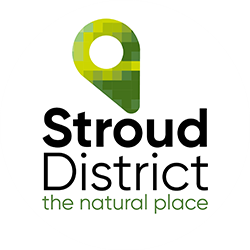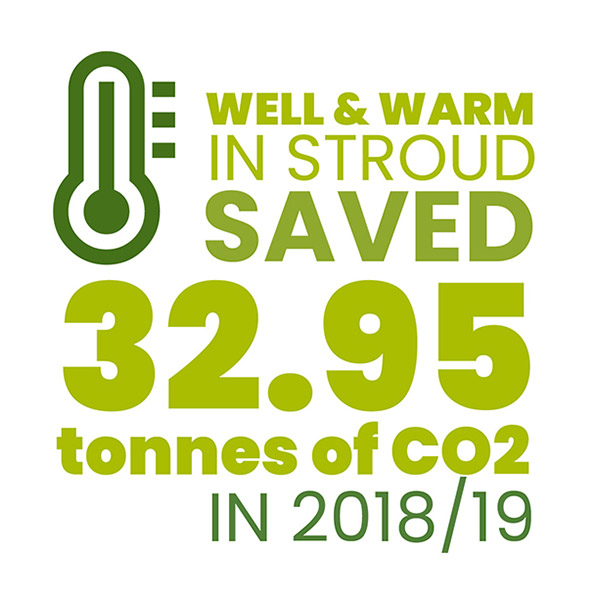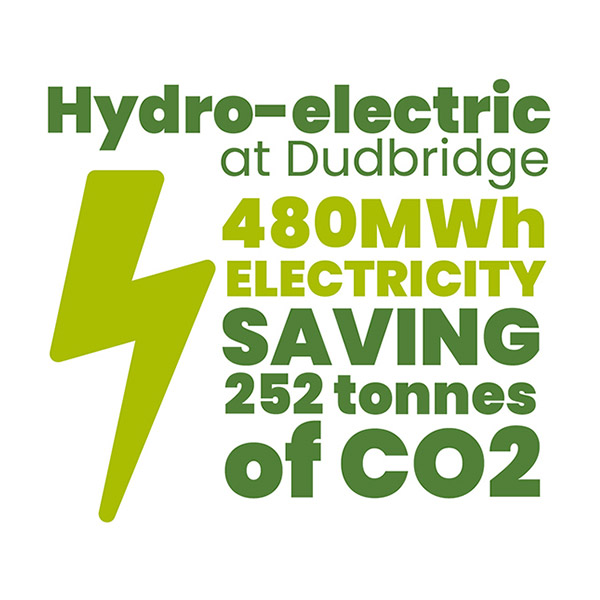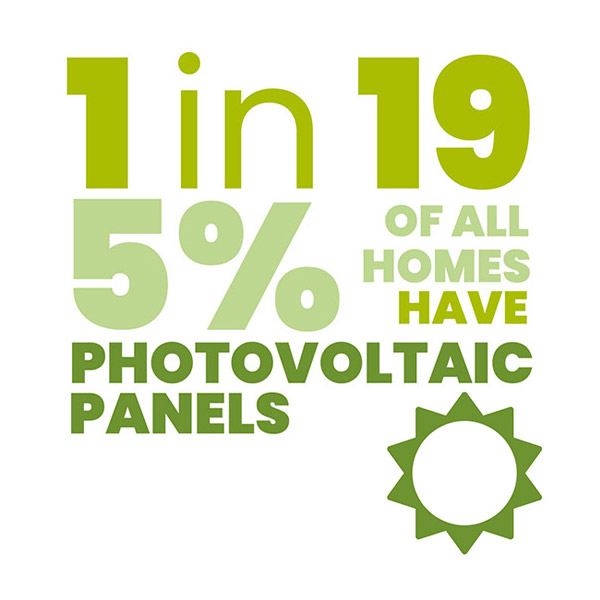Our Vision and Ambition
Climate Strategy
Our vision for the future of Stroud District is rooted in the environment. We will develop and nurture our communities and spaces while staying true to our commitment to become carbon neutral by 2030.
We want Stroud District to be an example of best practice nationally, and internationally. Stroud District Council was the first in Europe to become carbon neutral for emissions in its direct control. In November 2018, the Council declared a climate emergency and pledged to do everything in its power to make Stroud District carbon neutral by 2030. Our masterplan sets out how.
When it comes to green energy, Stroud District has been ahead of the curve for decades. We continue to be a district of pioneers, innovators, and futurists.
We are committed to improving quality of life for all and our local plan sets out our vision for how this will be achieved while remaining true to our environmental responsibilities through innovative solutions.
We have a strong track record of delivery on major projects including halving the amount of waste sent for incineration, investing in renewable generation schemes for Ebley Mill and Brimscombe Port Mill, restoring the Stroudwater Canal and improving the cycling and walking infrastructure throughout the district.
Regeneration
Our people and communities are central to everything we do. We want the best quality of life for everyone who calls Stroud District home.
Our aim is to deliver key regeneration sites across the district, especially brownfield sites and long-term empty properties, for local jobs, homes, community facilities and green spaces. The local plan explains this in more detail. Over 12,600 new homes and 70 hectares of land for employment purposes are planned in the next 20 years.
The regeneration of the industrial valley bottoms and the restoration of the Cotswold Canals will provide homes for people, for new and thriving businesses, creative industries, and green technologies. Regenerating our town centres to connect our communities and provide employment remains a priority focus for the region. A major regeneration project on the brownfield site of Brimscombe Port will deliver a new waterside community via a low carbon development of over 150 homes, enterprises and community space.
Stroud District Regeneration Pipeline
Brimscombe Port
The brownfield site of Brimscombe Port, a former inland port, later used as an industrial site, is in need of significant regeneration to serve the local community and is a key development site in the Local Plan. The plan will see the disused site transformed to create a new waterside community. A best-practice low carbon development of over 150 homes (30% of which will be affordable housing) enterprises and community space to meet the needs of Stroud district’s people.
The scheme has secured funding from Homes England and the Land Release Fund as well as planning consent enabling infrastructure works to be carried out, including demolition and restoration of the canal basin which was infilled after the Second World War. Further canal regeneration will include new visitor facilities, nature recovery, enhancing listed buildings and creating moorings on a reinstated stretch of water. The developer, St Modwen Homes, will be following Building with Nature standards.
Canal Restoration
The Stroudwater Canal is at the heart of our district. A linear nature reserve, its winding banks and still waters provide traffic free routes for walking and cycling and interlinked habitats. The canal connects our district and a natural focal point for leisure, work and tourism. The ecology of the canal is of huge importance. Home to a complex ecosystem of wildlife and flora, the 12-mile stretch also journeys through the industrial heritage of the Stroud Valleys with former Cotswold stone textile mills connecting us to our history.
The Cotswold Canals Connected Project will see the restoration and development of this vital community asset through a series of regeneration projects. This work will unite employment and living space and will create a valuable resource for movement, recreation, community activity and reconnecting with nature. It will bring economic, health, leisure, heritage, and biodiversity benefits.
Berkeley-Sharpness settlement
A pioneering new garden village community, incorporating housing, employment, shopping, a new secondary school and other community and open space uses is proposed for Berkeley-Sharpness Docks. The project will transform local transport facilities through a new rail station with services to Gloucester and rapid bus services to main towns including Bristol.
A new settlement at Berkeley-Sharpness will connect nature, heritage and sustainable design across separate distinct neighbourhoods linked by green corridors, cycle paths and bus routes. The ambition is for a unique place that locates energy efficient buildings in a continuous natural landscape made up of ecological habitats, nature reserves, riverside landscape, new green spaces, parks, allotments and sports facilities.
At Sharpness Docks, the Canal and River Trust is bringing forward a masterplan to create a new heritage and leisure-led, sustainable tourism destination. This will reignite the potential of an under-realised heritage interest while protecting the exceptional quality of the natural environment, the canal and the marina. Energy efficient building methodologies, systems and equipment will be used throughout.
Our regeneration ambitions for Berkeley-Sharpness complement the development of green technologies at the Gloucestershire Science and Business Park and the existing services and facilities at Berkeley, giving a new lease of life to the area's unique heritage.
See our Vision Document for more information.
Eco Park
A landmark centre for sports, sports science and green technology.
“As the world’s greenest football club, we are planning to build the world’s greenest stadium.” Forest Green Rovers
Ecotricity’s Eco Park, a 100-acre green development in the Stroud District proposed in the new Local Plan, will become a centre of excellence for sport and green business in Gloucestershire and a new home for Forest Green Rovers. Here, green businesses and technology companies will come together and share ideas, creating a centre of creativity and innovation for the area.
Located next to Junction 13 of the M5, half of Eco Park will be dedicated to creating state-of-the-art sporting facilities, including a stadium for Forest Green Rovers, training fields, 4G pitches, multi-disciplinary sporting facilities, and a sports science hub.
Eco Park will also create a 40.5 hectare green technology business park with sustainably built commercial offices and light industrial units.
The stadium itself will be made almost entirely from wood and will have the lowest carbon footprint of any football stadium in the world. True to Stroud District’s commitment to ecology, a nature reserve will be created on the west side of the M5.
The concept also includes the development of a public transport hub, including a Stroud Park and Ride, and will also see Ecotricity help with the restoration of the Stroudwater canal under the M5.
Natural Flood Management
In 2014 Stroud District Council began an innovative project to reduce flood risk in the Stroud Valleys using natural flood management. As an early adopter of these methods to reduce risk, the council stood out among local authorities for taking this approach. This important work is about tackling the problem of flooding at and around the source using natural materials and methods rather than relying on engineered flood defences alone. Natural flood management is about building resilience and adaptation to climate change by restoring or working with natural processes.
The work reduces flood risk by ‘roughing up’ and restoring natural habitats around rivers and streams and the water sources themselves, which reduces the amount of run-off and slows the flow in the river. One common method involves placing felled trees in streams to create leaky woody structures, slowing down water flow and encouraging absorption of high flows into the adjoining landscape. This method also keeps soil and silt from being washed downstream and in doing so starts to create natural habitats for wildlife.
A key strength of the project is working in partnership with a wide range of organisations, bringing together people and organisations with different objectives and skills to achieve multiple outcomes for people and nature. The project team work with the Environment Agency, Gloucestershire County Council, Gloucestershire Wildlife Trust, Wildfowl and Wetland Trust, The National Trust, Natural England, Forestry England and the University of Gloucestershire.
By going upstream to tackle the source of the problem, the project has delivered excellent results. It has also contributed to the circular economy in Stroud District with over 25 local land managers and contractors engaged in the project.
Useful Links
Stroud District Council together with our partners can offer wide range of support to businesses of all sizes, commercial investors, property developers, social enterprises, charities, and other organisations. Whether you’re considering relocating to Stroud District, expanding your business here or looking at the diverse range of opportunities on offer, we can help.
We are passionate about our District and we’re here to work with you to see if grow and prosper.
We can provide;
- Location and site searches suited to your criteria
- In depth knowledge of District and its requirements
- Sign posting to relevant services and support
- Economic development opportunities to suit your business needs
- Information on funding and investment opportunities
Business support













